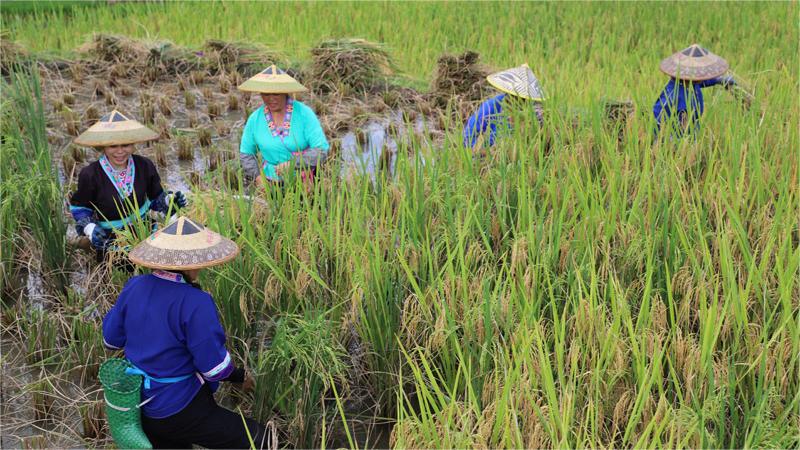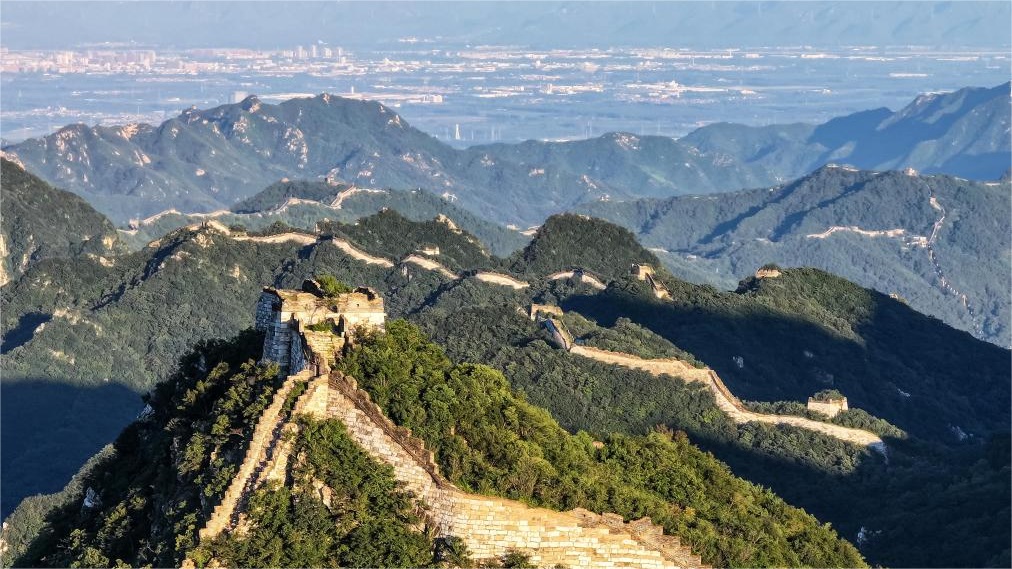Chinese scientists find new method to produce massive water with lunar soil
A Chinese research team recently developed a new method of massive water production through the reaction between lunar regolith and endogenous hydrogen, according to the Ningbo Institute of Materials Technology and Engineering (NIMTE) of the Chinese Academy of Sciences (CAS).
The study was published in the journal The Innovation on Aug. 22, Beijing time, and is expected to provide important design basis for the construction of future lunar scientific research bases and space stations.
The research team consists of scientists from the NIMTE and the CAS Institute of Physics.

Fig. The strategy for in-situ water production on the moon through the reaction between lunar regolith and endogenous hydrogen (Image by NIMTE)
Water is a crucial resource for ensuring human survival during the development of lunar scientific research bases and future interstellar travel between the moon and the Earth.
Exploring water resources is one of the primary tasks in lunar exploration. Previous studies mainly focused on the distribution of natural water resources on the moon, which showed that various lunar minerals, such as lunar glass, plagioclase, olivine, and pyroxene, contain small amounts of water. However, the water content in these minerals is extremely rare, ranging from 0.0001 percent to 0.02 percent, making it difficult to extract and utilize them on the moon.
Therefore, studying and detecting new lunar water resources and developing extraction strategies undoubtedly constitute a key focus of future lunar exploration projects.
The research team found that the solar wind has irradiated the minerals in lunar soil for billions of years and stored abundant hydrogen. When heated to high temperatures, the hydrogen reacts with the iron oxides in the minerals to form elemental iron and large amounts of water. When the temperature rises above 1,000 degrees Celsius, the lunar soil melts, and the water generated by this reaction is released as vapor.
The researchers confirmed that 1 gram of molten lunar regolith can generate 51 to 76 milligrams of water. In other words, 1 ton of lunar regolith can produce 51 to 76 kilograms of water, which can meet the daily drinking water needs of 50 people per day.
Besides, the researchers further investigated the differences in hydrogen content in different lunar minerals. They found that lunar ilmenite FeTiO3, when heated, produces large amounts of elemental iron and vapor bubbles, making it a "water reservoir" on the moon.
Based on multiple research findings, the research team proposed a feasible strategy for in situ extraction and utilization of lunar water resources. Experts said that this strategy will provide crucial design guidelines for the construction of future lunar scientific research bases and space stations, and its effectiveness is expected to be further confirmed by verification devices to be launched in subsequent Chang'e lunar exploration missions.
Photos
Related Stories
- Researchers propose massive water production method on Moon
- Feature: Lunar soil sample from China's Chang'e-5 mission under spotlight in Bangkok
- Mineral enriched with water molecules discovered in Chang'e-5 lunar sample
- Queqiao-2 spearheads diverse scientific exploration for future lunar missions
- Chinese and French researchers complete lunar radon-gas detection mission
Copyright © 2024 People's Daily Online. All Rights Reserved.









